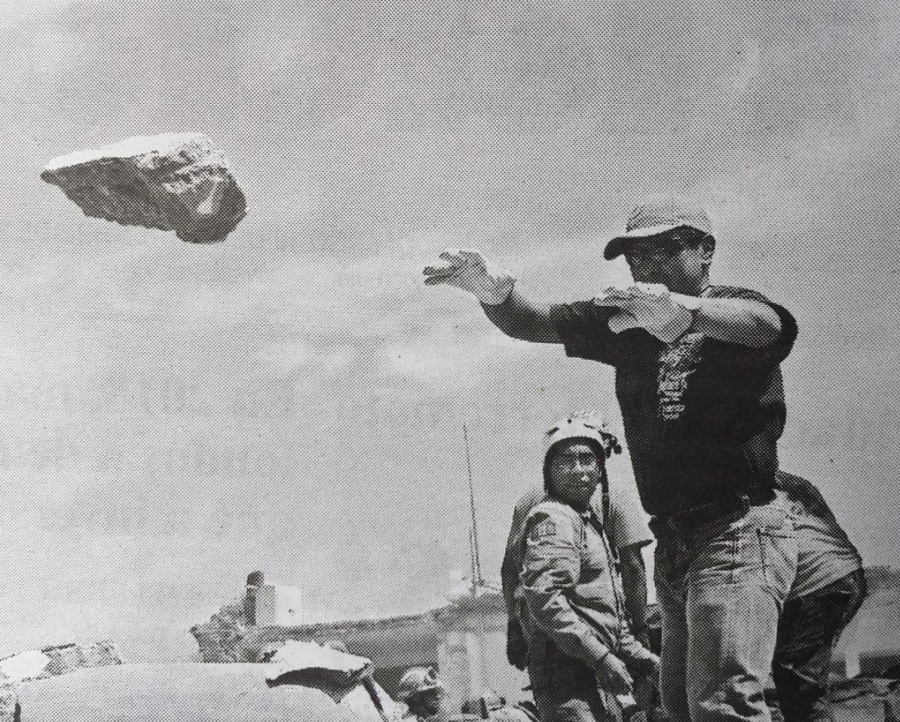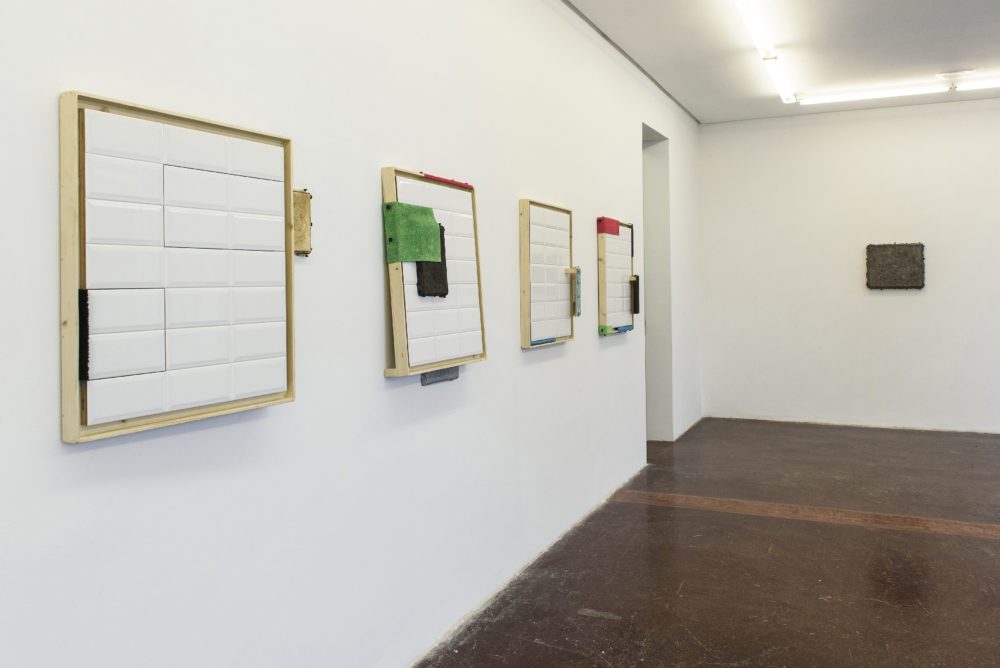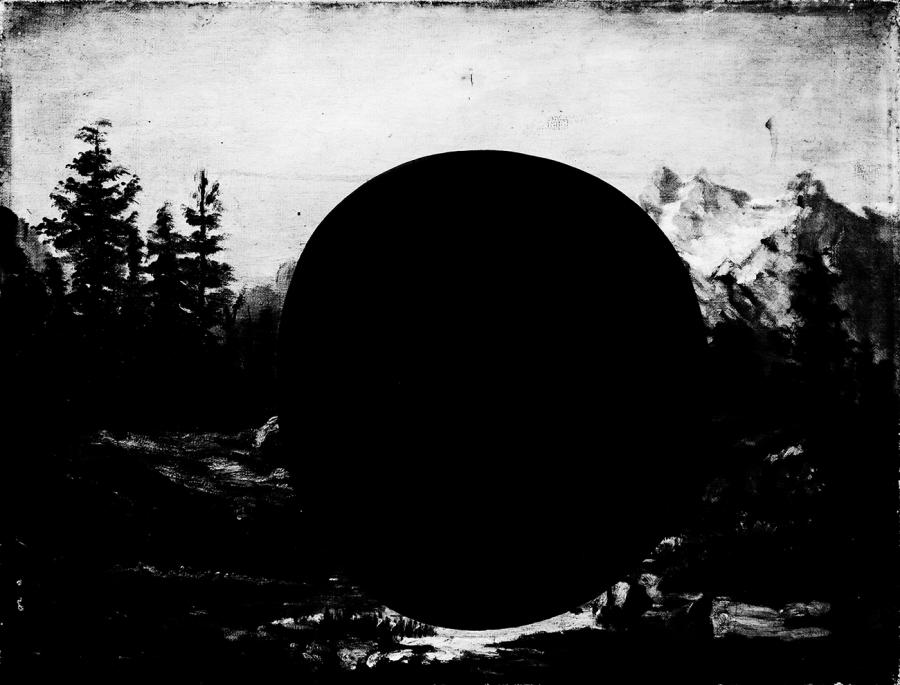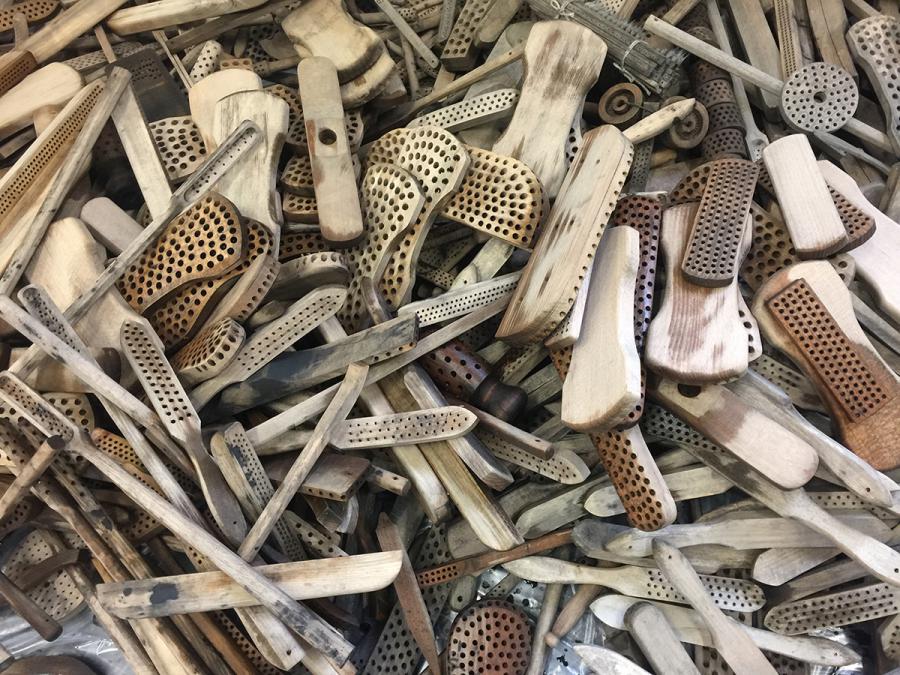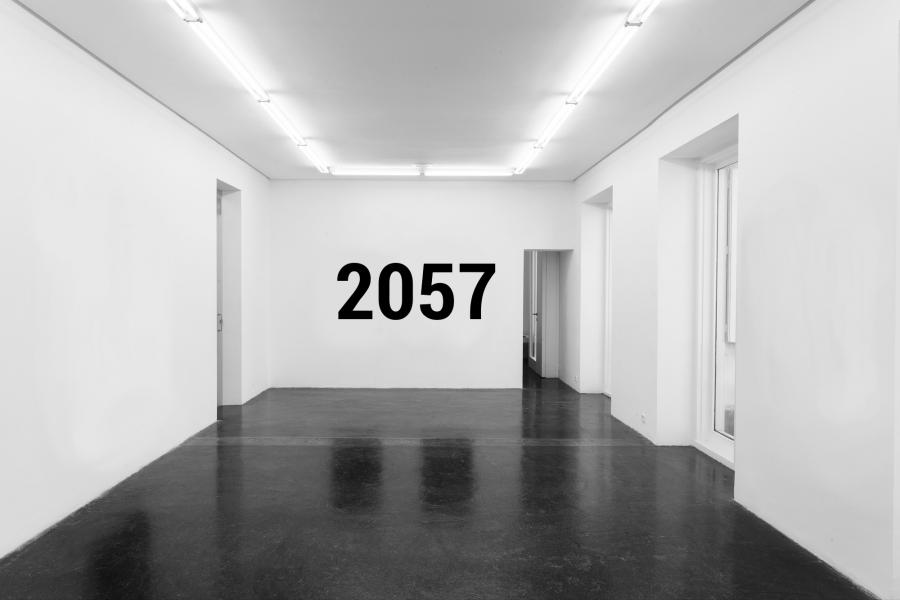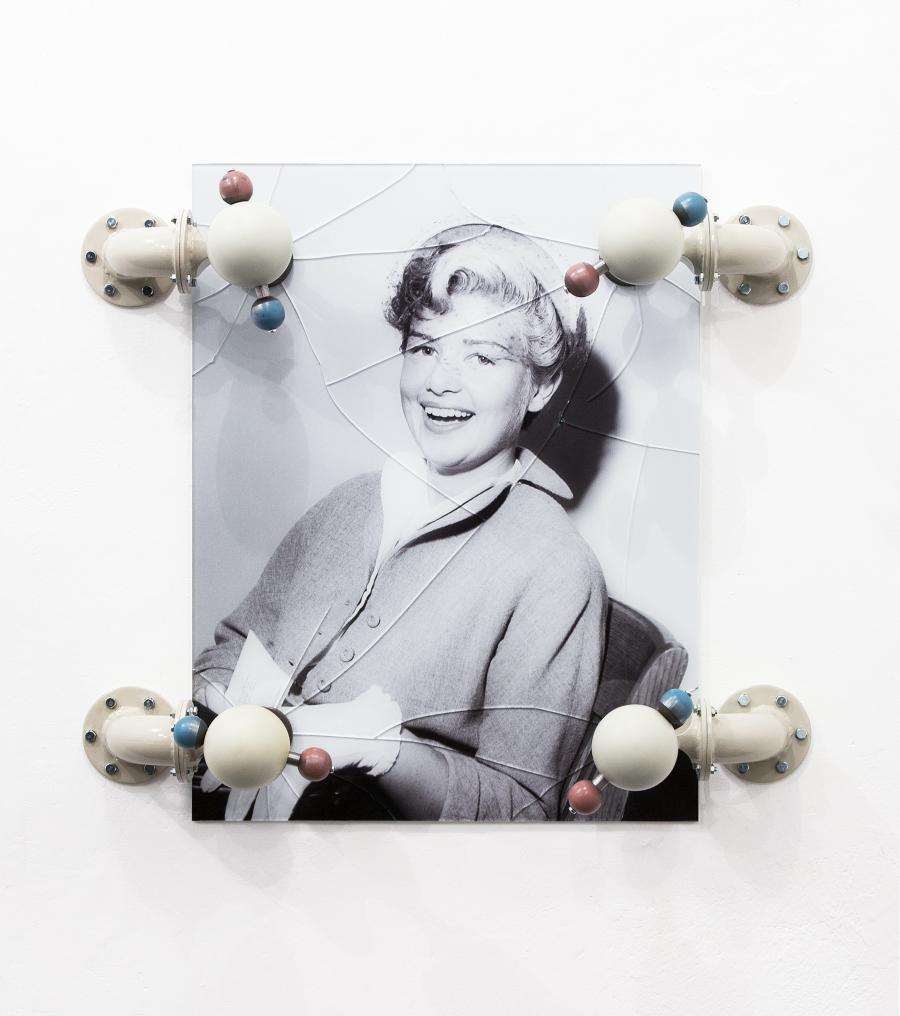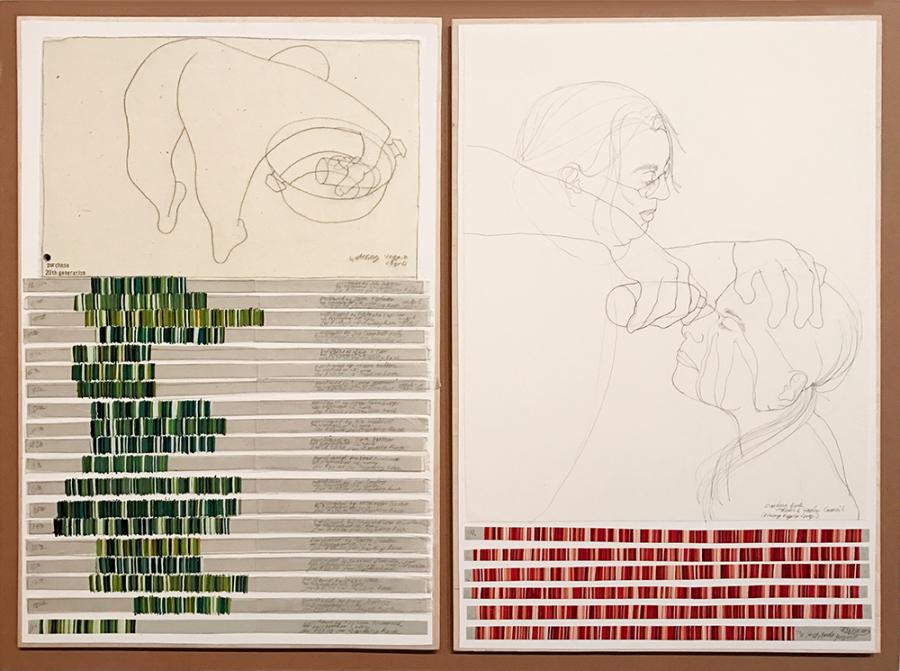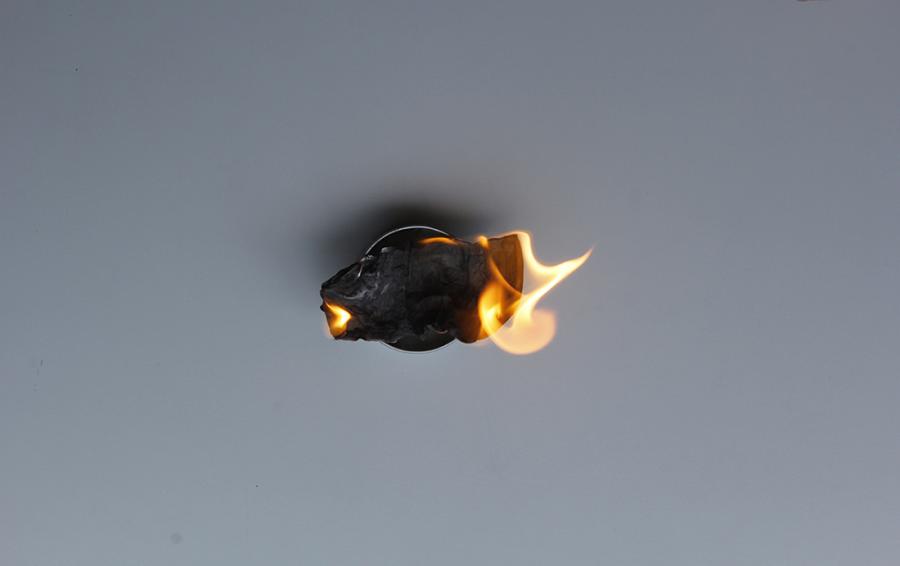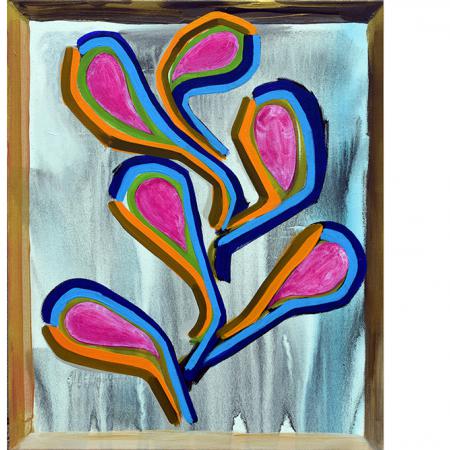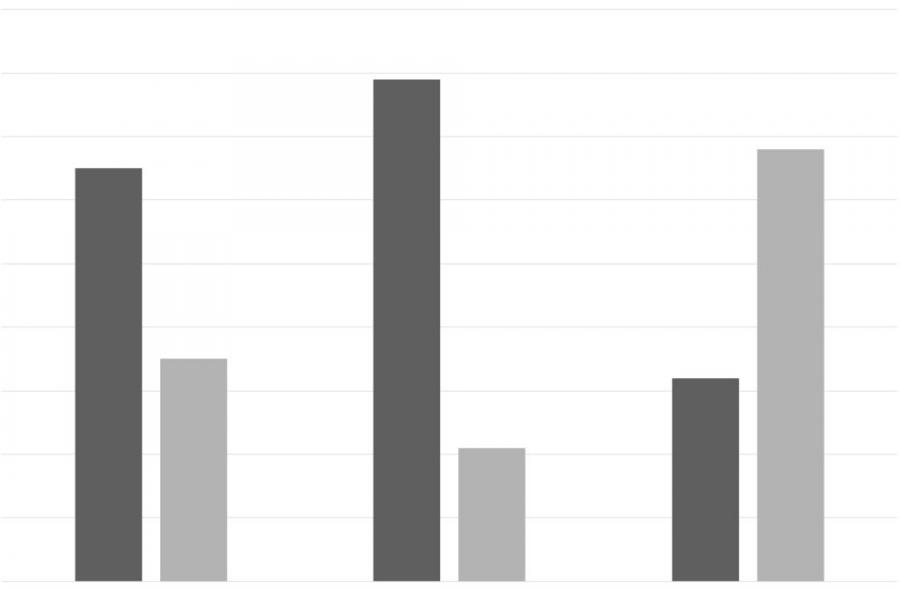
Colectiva Colectiva
NF/ NIEVES FERNÁNDEZ presents the exhibition ‘Colectiva Colectiva’, with artworks from the gallery’s archives under a collective and public curatorial selection, during the first two weeks of January and through the gallery’s Instagram profile.
The guidelines for the project consisted in a series of introduction questions, followed by the possibility to choose between two selected artworks from the gallery’s collection.
The result is the group of artworks with the best votes by the followers, in an effort to democratize the exhibition space and involve the public with the contents shown, gathering artworks by renowned artists.
Alfonso Albacete (Antequera, Málaga, 1950), his work is usually located in the intersection between abstract and figurative art, departing from a strong color scheme in the record of memories of moments, places and experienced sensations.
Antoni Tàpies (Barcelona, 1923-2012), considered one of the maximum exponents of Informalism in the world, he is one of the most distinguished Spanish artists in the 20th century.
Equipo Crónica (1694-1981), was an artistic group founded by Manolo Valdés (1942) and Rafael Solbes (1940-1981). Their production is related to the last period of Francoism and the beginning of the democratic transition.
José Luis Alexanco (Madrid, 1942), is part of the generation of artists that succeeded El Paso and Grupo Hondo, that dominated the Spanish avant-gard from mid-1960’s.
José Manuel Broto (Zaragoza, 1949), the Neo-figurative art practiced by this artist is influenced by the proposal of the French group, Suport(s)-Surface(s). In his works there prevail balances and strains between colors and shapes.
Manuel Quejido (Seville, 1946), considered on the most prominent artists of a generation that, in the mid-1970’s, advocated for figurative art.
Xavier Grau (Barcelona, 1951), his works claim the pictorial practice from an abstract background, keeping an internal strain between color and drawing, without reducing neither the liveliness of color nor the movement of its surfaces in a rhythmical formal structure.

